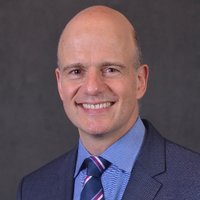
The PurdonLab
@purdonlab
A neuroengineering lab at Stanford University focused on brain dynamics, brain health, and the neural mechanisms of anesthesia.
ID: 1273313821612900357
https://purdonlab.stanford.edu/ 17-06-2020 17:57:39
42 Tweet
134 Followers
132 Following


Read our recently published paper about the FLEX score on British Journal of Anaesthesia : FLEX is a novel method that uses medical diagnostic and procedural codes to accurately predict adverse postoperative outcomes. Ran Liu Rory Vu Mather sciencedirect.com/science/articl…

Enjoying our UW Anesthesiology & Pain Medicine 16th Academic evening in the beautiful UW WƎⱢƎBʔALTXʷ – Intellectual House: a huge display of the rich science that our departmental members pursue in biomedical & clinical sciences. Our 🔑 note speaker is Dr. Patrick Purdon from Stanford Anesthesiology


Excited to share the results of yrs of data collection @CharlesaNelson1‘s lab & great collab w/ Lisa Yankowitz Jerry Chao Rodrigo Gutiérrez & The PurdonLab. Developmental trajectories of EEG aperiodic and periodic components in children 2-to-44 months of age. rdcu.be/dNj0I




Thanks to everyone in the The PurdonLab Ryan Nipp, MD, MPH, FASCO Gustavo Balanza Rodrigo Gutiérrez Ran Liu and teams at Mass General Anesthesia Stanford Anesthesiology who helped contribute to this work!






